We are back at Sekudu again for the second survey trip with a difference of two days. This time, I get to see the whole island in daylight as we worked past sunrise. Even a second visit within such a short time span can bring interesting findings such as this
shortnose boxfish (Rhynchostracion nasus), which is the time time I am seeing it.
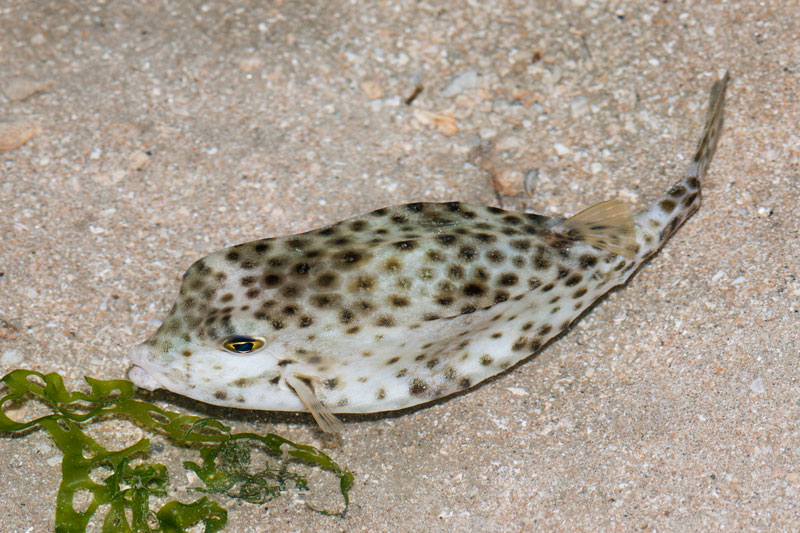 |
| Shortnose boxfish |
The boxfish has a very tough boxy body. It was so intriguing to feel its boxy body. Having said that, we should not be touching marine animals on the shore as some of them do sting or are poisonous to us.
Continuing from where I left off during my last survey trip here two days ago, I covered the western edge of the island and ending off at the large lagoon southeast of the island. Here is a
GIS map of Pulau Sekudu done by Dr Raju.
 |
| GIS map of Pulau Sekudu |
The first animal I encountered on today's trip was a few
woolly leaf slug (possible) and they are really tiny. You can tell how tiny the slugs are by comparing its size to the ribbon
sea lettuce seaweeds (
Ulva sp.) in the images.
 |
| Slug with cute eye spots |
 |
| Underside of the slug |
Previously missed, I saw a number of the
garlic bread sea cucumber (
Holothuria scabra)
 |
| Garlic bread sea cucumber |
Talking about ribbon sea lettuce seaweeds, majority of the island was covered with the seaweed and it is rather interesting to observe the activities that go on in between seaweeds or on the surface. They are plenty of crabs, sea stars, shrimps to even clams.
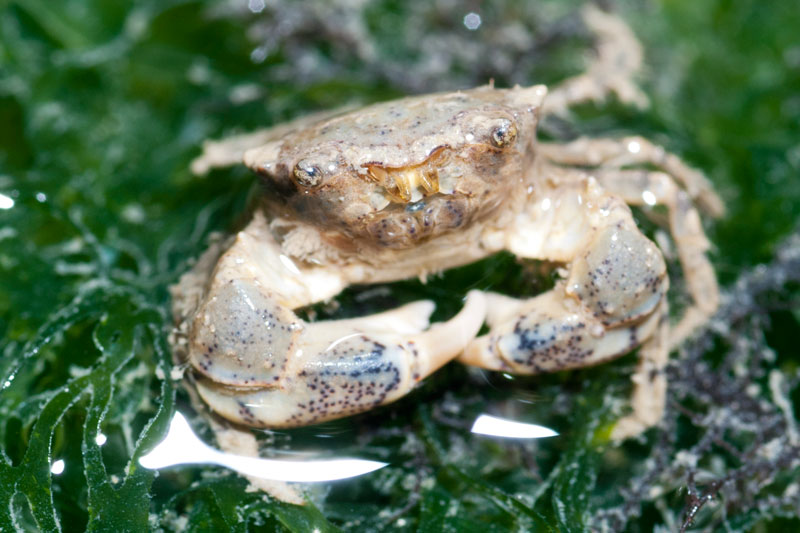 |
| Tiny crab |
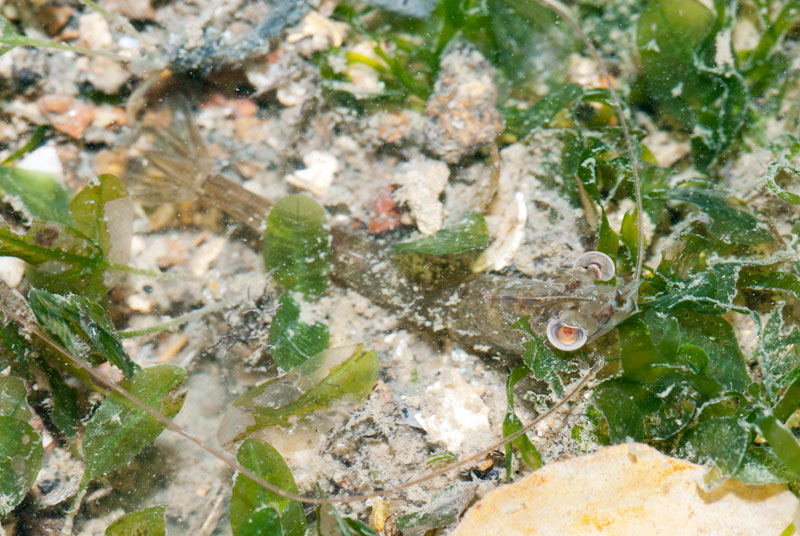 |
| Shrimp |
Covered by these seaweeds are the seagrasses growing on the substrate. I came across mainly
spoon seagrass (
Halophila ovalis) and a patch of
fern seagrass (
Halophila spinulosa)
 |
| Fern seagrass |
Towards the southern part of the island, I came across one small
skinny sea fan, a few
knobbly sea stars (
Protoreaster nodosus), an
onyx cowrie (
Erronea onyx) and an octopus.
 |
| Sea fan |
 |
| Onyx cowrie |
 |
| Cowrie, underside |
 |
| Knobbly sea star |
 |
| Octopus |
Nearing the lagoon, we needed to be careful where we are stepping as it is a good gathering location for various types of stingrays. I came across one
blue-spotted fantail ray (
Taeniura lymma) and plenty of
mangrove whipray (
Himantura walga).
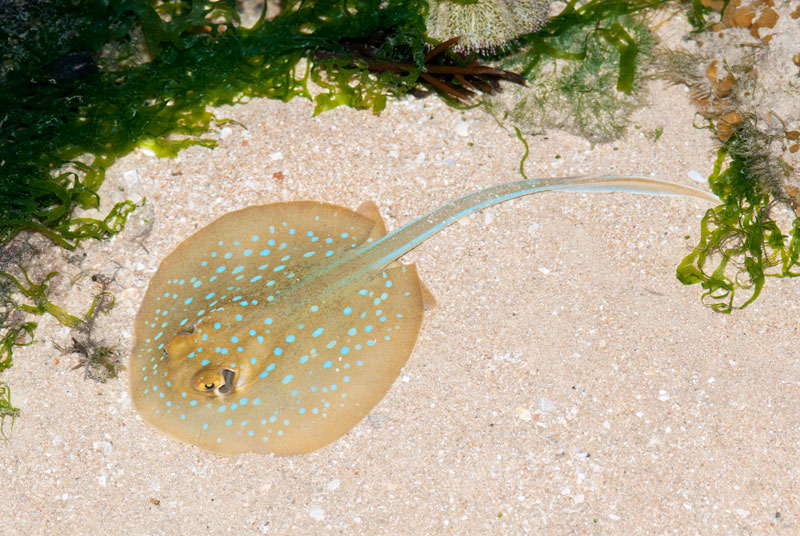 |
| Blue-spotted fantail ray |
 |
| Fantail ray next to a knobbly sea star |
There was a sudden appearance of mangrove whipray in the lagoon that I had to change my walking path to avoid walking into a secretly hiding-under-the-sand whipray.
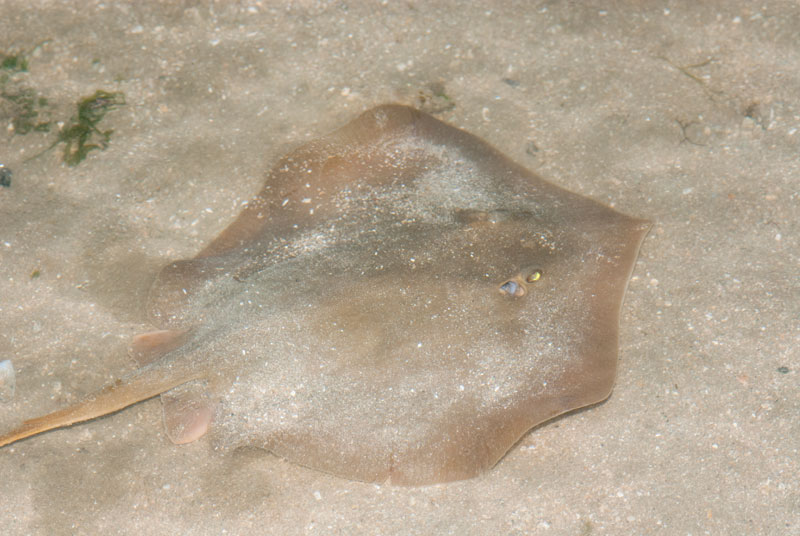 |
| Mangrove whipray |
 |
| Another mangrove whipray |
Marcus spots a
peacock sole fish (
Pardachirus pavoninus) and started creating jokes about "sole".
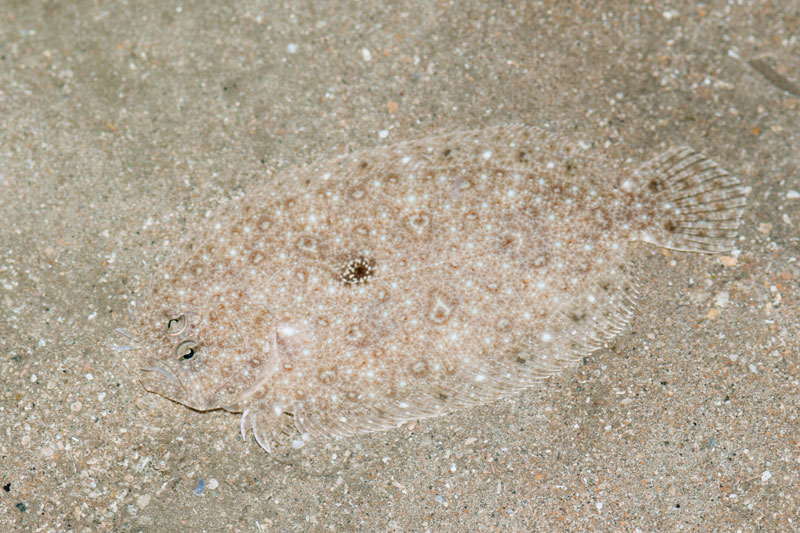 |
| Peacock sole fish |
This
painted scorpionfish (
Parascorpaena picta) is rather well camouflaged.
 |
| Painted scorpionfish |
 |
| Another view of the scorpionfish |
The two
long-spined black sea urchins (
Diadema sp.) are still at their usual location and I had a closer look at them during this low tide.
 |
| Long-spined black sea urchin |
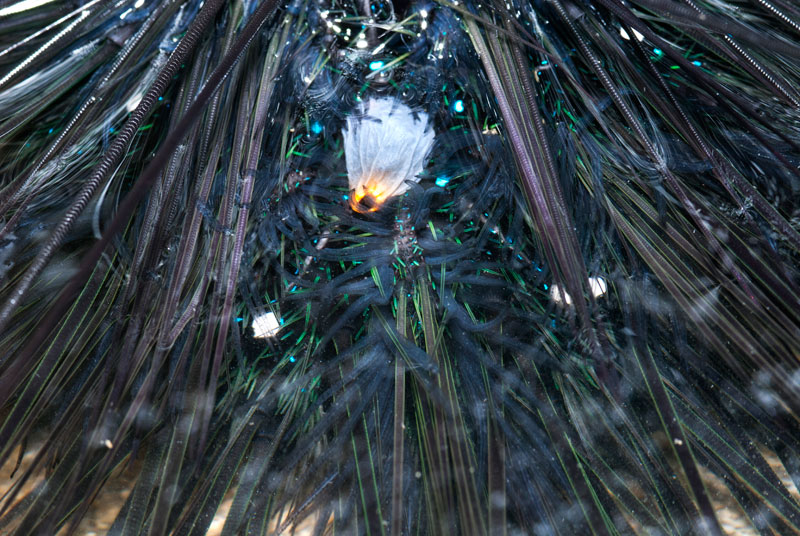 |
| Bulbous anal sac (white round part) and shorter spines? |
At the end of the trip, the team checked out what the rest have found. There were many sea slugs and a huge
oval heart urchin, the size of my hand.
 |
| Huge oval heart urchin |
 |
| Possible Facelina sp. |
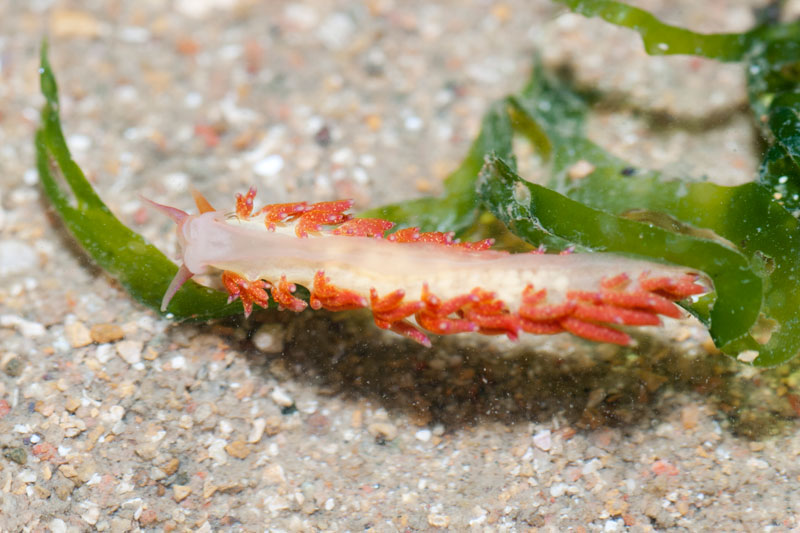 |
| Underside |
Getting to see the whole island in day light means that I get a chance to document this interesting island through aerial footages. I doubt there has been any aerial records of Pulau Sekudu before this documentation. So it will be a great opportunity to show people how the whole island looks like from the sky.
This survey trip was made possible with permission from National Parks Board (NParks), Ubin, and Chay Hoon for the transport arrangements.
Posts by others on this trip:
Chay Hoon, on her Facebook.
Kok Sheng -
Coral rubbe survey at Pulau Sekudu
Ria -
Spongeless on Sekudu





























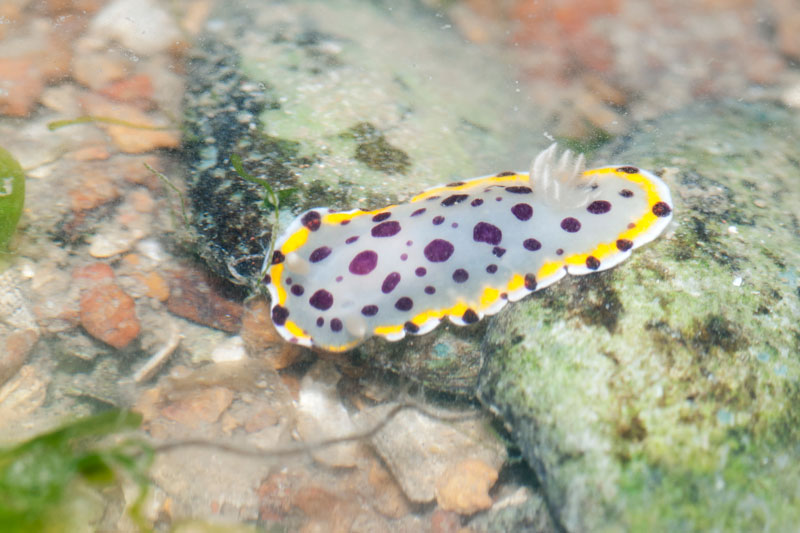
No comments:
Post a Comment